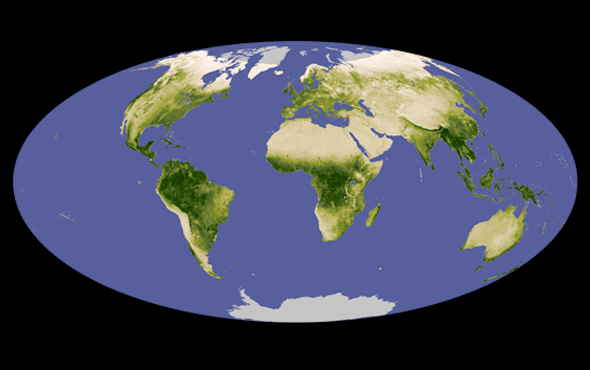Top news from around the world

CHILE
Patches of glassy rocks scattered over a broad swath of the Atacama Desert contain minerals similar to a comet sampled by NASA’s Stardust Mission, new research finds. The rocks may have formed when a comet exploded over the desert and melted sand into glass.
ANTARCTICA
Scientists analyzing Antarctic ice cores found large amounts of soot dating back 700 years. Wind-current simulations and historical records link the soot to when the Maori arrived to New Zealand and began burning dense forests to clear land.
U.S.
Biologists found that two male California Condor chicks were “virgin births,” produced with no contribution from a second parent. This discovery suggests that the largest North American land birds can sometimes reproduce asexually, a strategy that could help the critically endangered species survive.
RUSSIA
A DNA analysis of hundreds of ancient horse bones offers evidence that modern domestic horses originated in southwestern Russia around 4,200 years ago. Although horses existed elsewhere, this genetic record indicates humans may have favored the Russian horses’ strength and temperament.
IRAQ
The oldest-known drawing of a ghost has been discovered on a 3,500-year-old tablet from Babylon. The drawing depicts a bearded apparition being led forward by a woman, and a translation of an adjacent engraving reveals instructions for an exorcism ritual.
MOZAMBIQUE
New work spots a genetic cause for the sharp uptick in female elephants born tuskless in Gorongosa National Park since the Mozambican Civil War began in 1977. This rapid evolution was likely driven by wartime tusked elephant poaching.
This article was originally published with the title “Quick Hits” in Scientific American 326, 1, 18 (January 2022)
doi:10.1038/scientificamerican0122-18a
